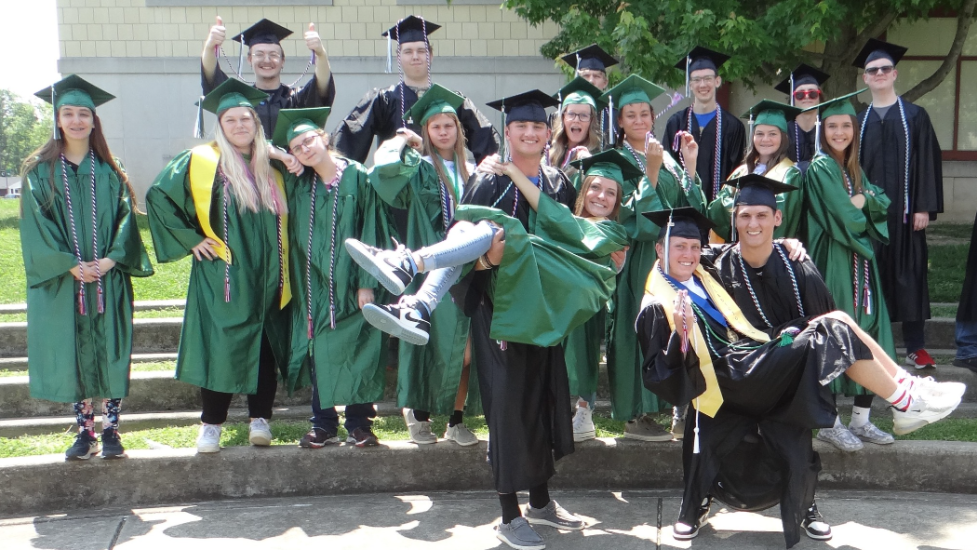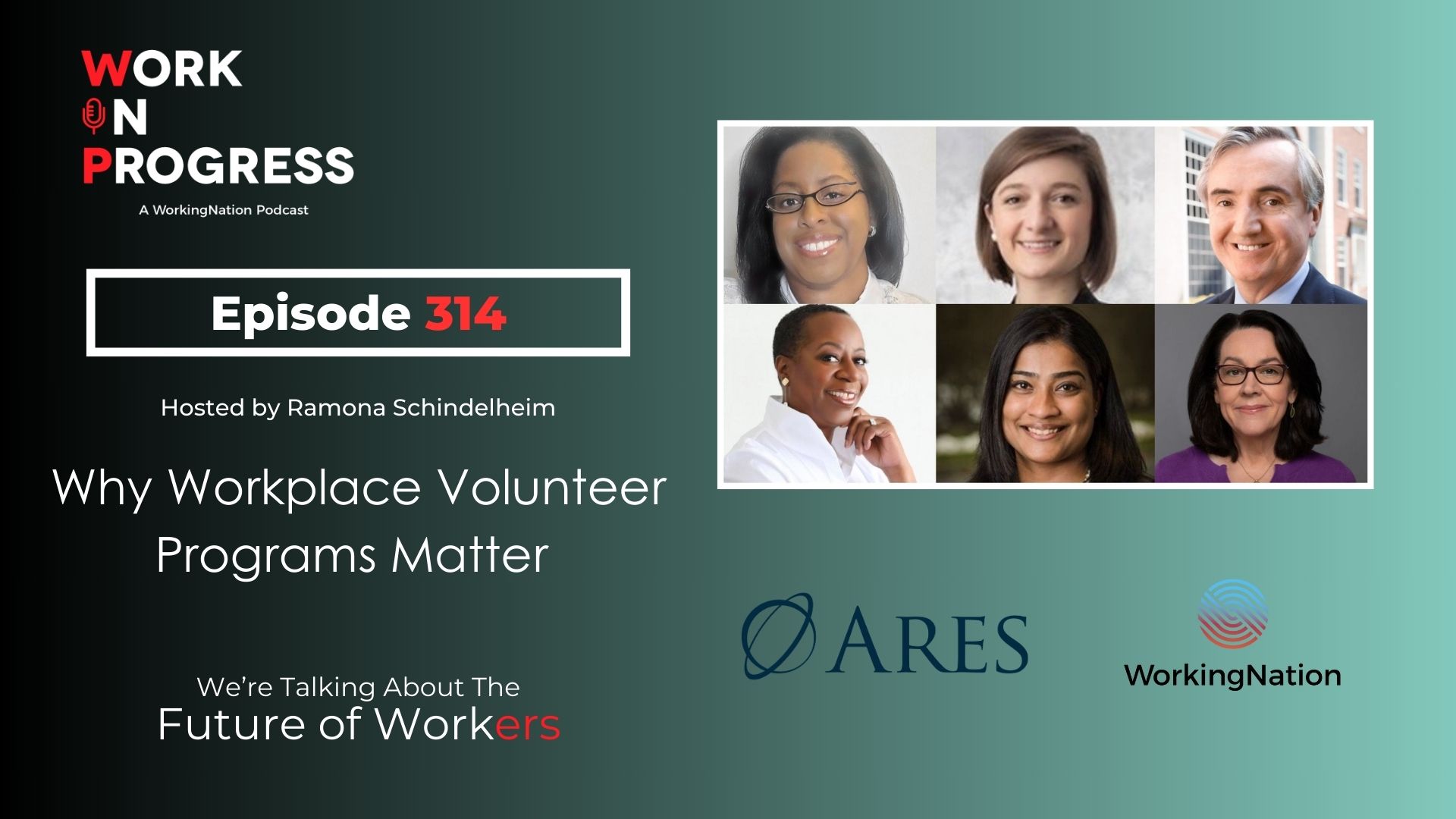Getting high school students ready for high-impact careers is a priority in Indiana. One established program has become so successful – serving tens-of-thousands – it’s about to grow even bigger.
Jobs for America’s Graduates (JAG) – a state-based national nonprofit established more than 40 years ago – has been supporting young students in Indiana since 2006. The organization administered by Indiana’s Department of Workforce Development is in the process of doubling its number of programs across the state.
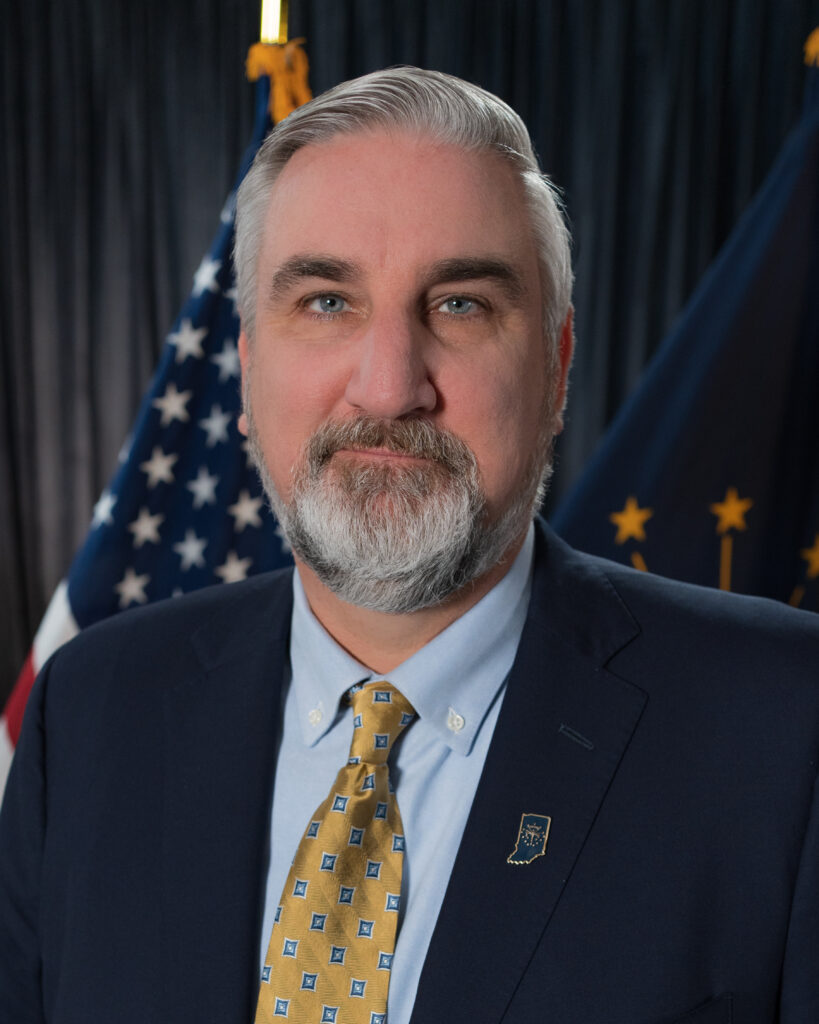
Gov. Eric J. Holcomb announced the goal to expand JAG programs from 125 to 250 by the spring of the 2024-2025 school year.
“Every day, Indiana’s JAG program is helping more Hoosier students achieve their career and personal goals – all while helping ensure our state is prepared to meet 21st century workforce demands,” notes Gov. Holcomb in a statement.
“With this expansion, more Hoosier communities and schools will be taking advantage of JAG’s proven results and experience the positive effects of partnerships at the state, regional, and local levels.”
JAG provides a pathway for high school students to postsecondary education and workforce opportunities. Since it began in Indiana in 2006, the organization has served 40,000 students in the state with a graduation rate of more than 95%. Programs are located throughout the state’s 12 economic growth regions.
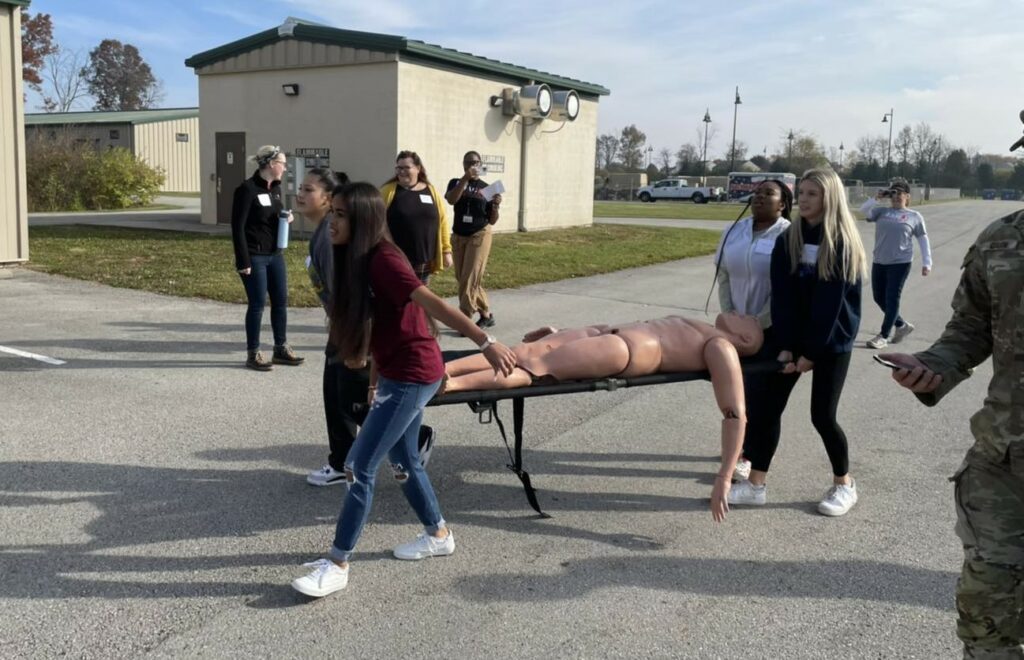
Touching the Lives of More Students
“The most important part is we keep that goal in mind of being able to touch the lives of 5,000 more kids. Being able to serve 10,000 Hoosiers students is a huge opportunity and certainly one that we do not take lightly,” says Brianna Morse, director of youth initiatives, Indiana Department of Workforce Development.
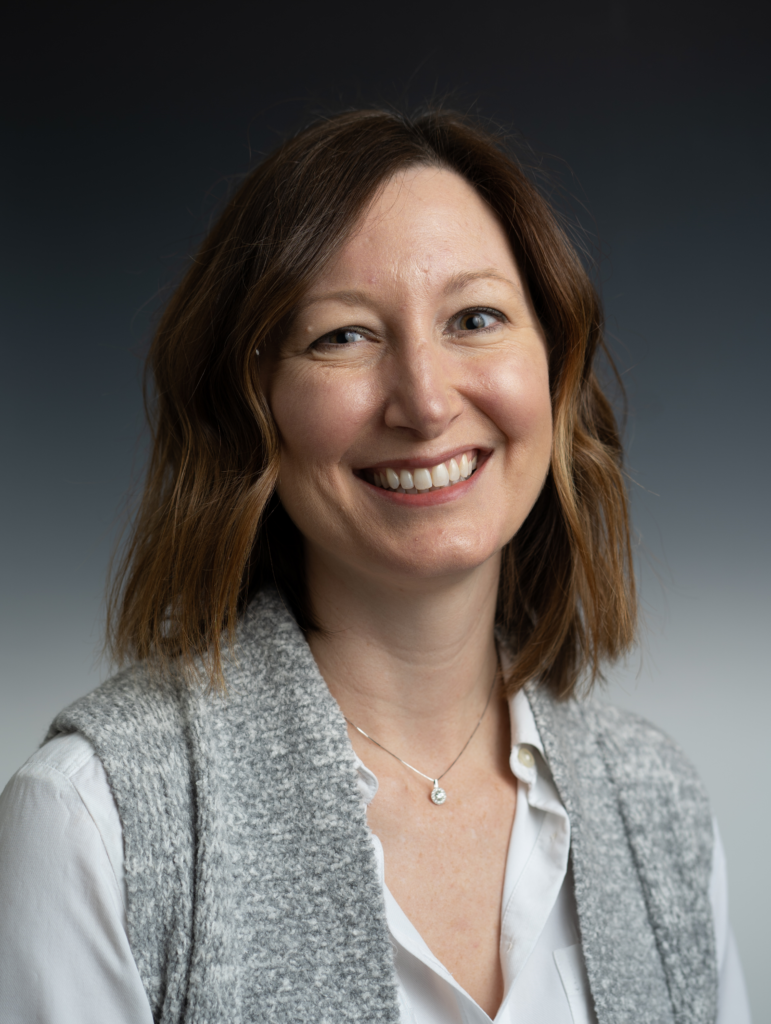
She continues, “It is ambitious, but when you keep the students at the center of what you’re doing, you’re doing it for the right reasons.”
“Our current programming is mostly serving juniors and seniors, but under the expansion we have the opportunity to serve freshmen and sophomores – to really help get them early on a career pathway. We’ll also be doing some middle school pilots, so more of an early intervention to set them up for success when they get to high school,” notes Morse.
She describes the JAG student, “We are really looking for a diverse student group. There are 40-plus different indicators for a student who could be a JAG participant.”
“Some of our kids are coming to us and they’re homeless. That’s a huge challenge. At JAG, that’s the number one thing we’ve got to help this kid overcome. We can’t even focus on grades. We have got to get them stable housing. That is transformational. To be a part of JAG, we’re connecting those dots for them. It’s not just about a job, it’s about all the other things that you get through support of JAG.”
Partnerships are Key
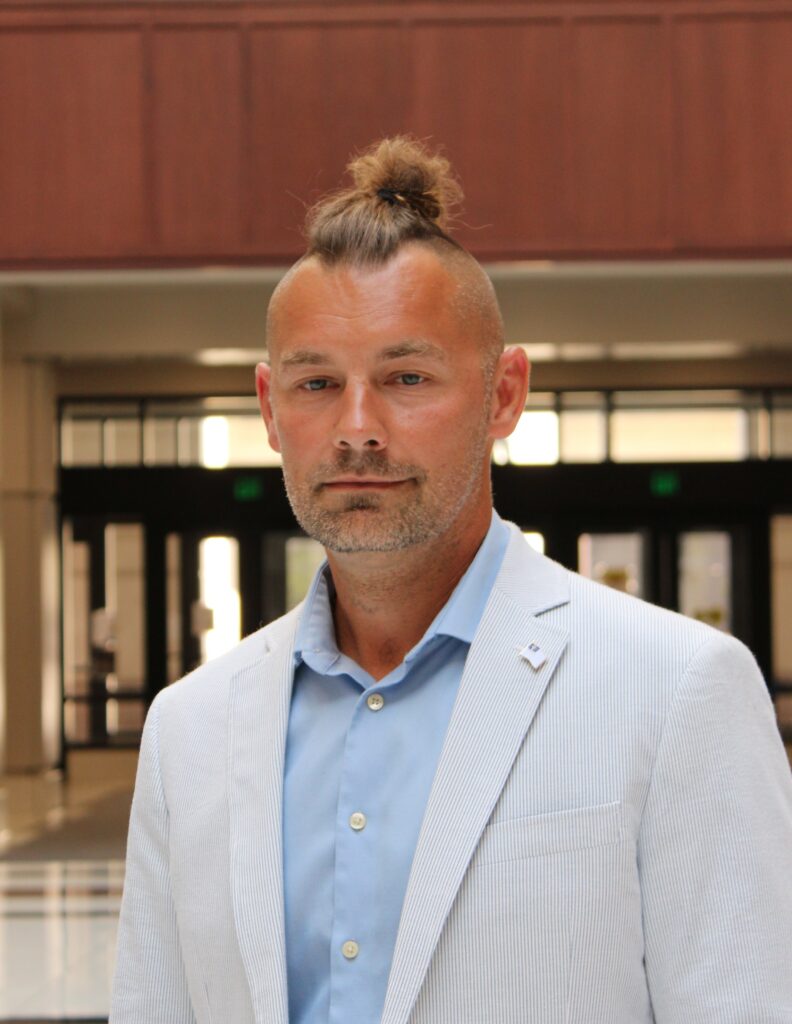
“[The students] do a career assessment in JAG that helps them understand what careers they might be interested in,” explains Bart Doan, assistant director of youth initiatives, Indiana DWD.
He points out the importance of stakeholder partnerships. “Employer engagement is huge. It’s part of the JAG model. It’s in the bloodstream – automatically a part of the curriculum.”
“They have guest speakers in the classroom from local employers, schools, community partners. They do employer tours. Some of them do internships – work experiences where they get on-the-job training. The JAG model lends itself to employers being involved. I think they see a lot of value in a JAG student because they’re learning those valuable employability skills that other students that aren’t in JAG might not be learning.”
‘JAG specialists are the unsung hero magic’
Morse notes the expansion brings challenges, “We’re going to need 125 other people who feel that level of commitment to a kid. Our JAG specialists are the unsung hero magic to what makes JAG cool. We are constantly giving gratitude to these people. It’s not just a day-to-day classroom teacher, they are parents to some kids. We’ve had specialists adopt students.”
She adds, “We’ve got specialists who were JAG students and saw that transformation in themselves and they want to be able to give that back to other kids.”
JAG gets a resounding thumbs-up from Marcus Wagner, principal at DeKalb High School who witnesses the impact firsthand. “Overall, our students gain so much more than just a high school credit from the JAG program.”
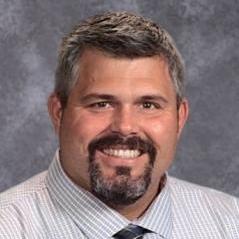
He says, “JAG provides improved employability skills for students in the program. The curriculum of the program helps develop and build essential employability skills such as resume writing, interview preparation, and workplace etiquette. JAG also provides career guidance and job placement for our students. Placing students in a job is valuable for students looking for part-time employment and/or internships that can be supported throughout the program.”
“Finding ways to expose students to career exploration early allows students to gain a better understanding of their interests, strengths, and potential career paths. Students are able to set clear goals and make informed decisions about their educational and career technical choices.”
Wagner adds, “Students understand the importance of being a strong alumnus of the program and giving back when they can to support students in a program that gave them so much.”
Creating the Roadmap to the Future
“I just think JAG is the best kept secret, not only in the state, but probably nationally,” says Doan. “I wish I had JAG when I was a kid.”
“JAG addresses the workforce issue. It addresses skilling up young people. It addresses young people learning how to work in diverse communities with individuals that might be from different backgrounds of life. It addresses all the things that we try to address separately in other ways and it does it beautifully. I just can’t stress enough how great it is to see these kids succeed on multiple levels.”
Morse summarizes, “What we’re trying to do is prevent kids from getting all the way to their senior year without a plan, without a roadmap of what comes next.”

